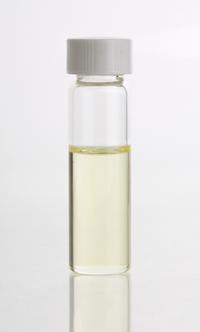
Photo from wikipedia
Abstract Understanding the reproductive system of mint (Mentha spp.) through self or open pollination is critical for its improvement. In this study, fresh and dry weight, essential oil yield, essential… Click to show full abstract
Abstract Understanding the reproductive system of mint (Mentha spp.) through self or open pollination is critical for its improvement. In this study, fresh and dry weight, essential oil yield, essential oil composition, flavonoid and phenolic contents of 12 mint populations derived from self and open-pollination, plus their parents belonging to two species, were evaluated. The results showed inbreeding depression in self-pollinated populations compared with the parents, for fresh and dry weights and essential oil yield belonging to Mentha longifolia, but in populations belonging to Mentha spicata, fresh weight, dry weight and essential oil yield increased in self and open-pollinated populations, compared with the parents. The possibility of self-pollination and subsequent improvements in offspring may be considered as an existence of some self-compatibility in mint species. Gas chromatography-mass spectrometry (GC–MS) and GC-FID analyses were also performed to determine the essential oil components. Accordingly, 29 compounds were determined including pulegone (0.87–71%), piperitenone (0.94–76.87%), carvone (0.19–52.01%), and limonene (1.19–26.61%) in the genotypes of M. longifolia and M. spicata. The amount of pulegone, as well as limonene and carvone, significantly decreased in some populations derived from self and open pollination while a significant increase in the amount of piperitenone and menthone was found in this condition. Results also showed that the pollination system had no significant effect on phenolic content while self-pollination significantly increased the flavonoid content of Hamedan and Lorestan populations. Self-pollination in mint may be viewed as a useful way to increase genetic homogenicity for the selection of superior plants in breeding programs for pharmaceutical purposes.
Journal Title: Industrial Crops and Products
Year Published: 2019
Link to full text (if available)
Share on Social Media: Sign Up to like & get
recommendations!